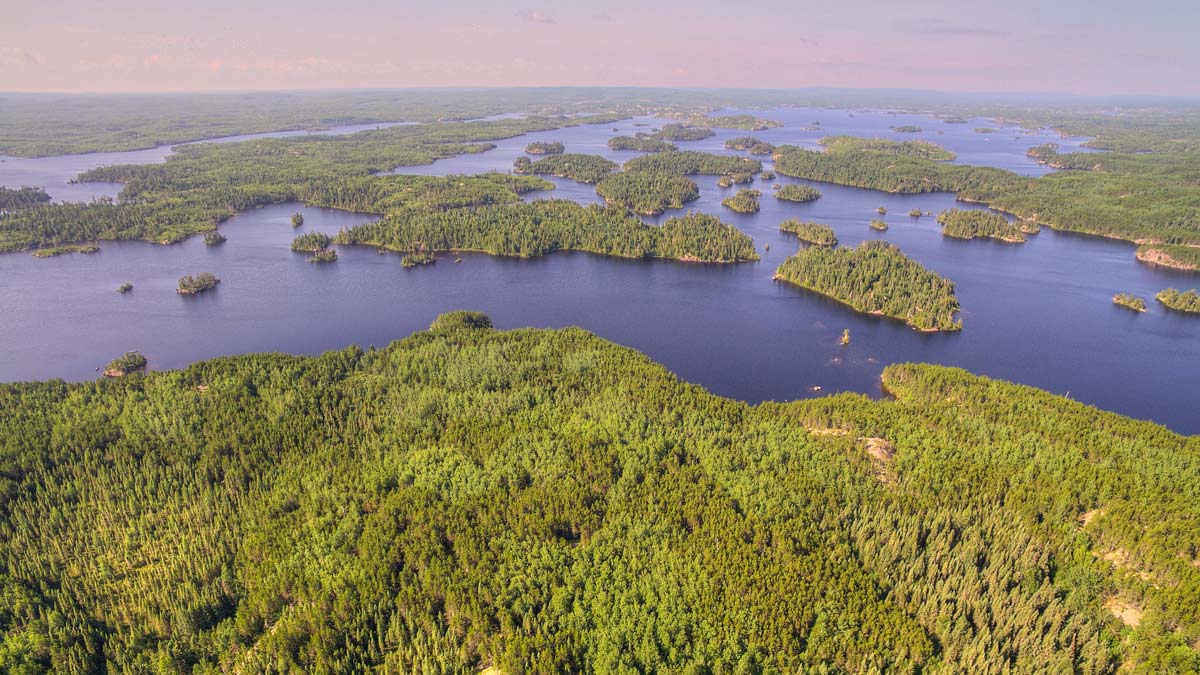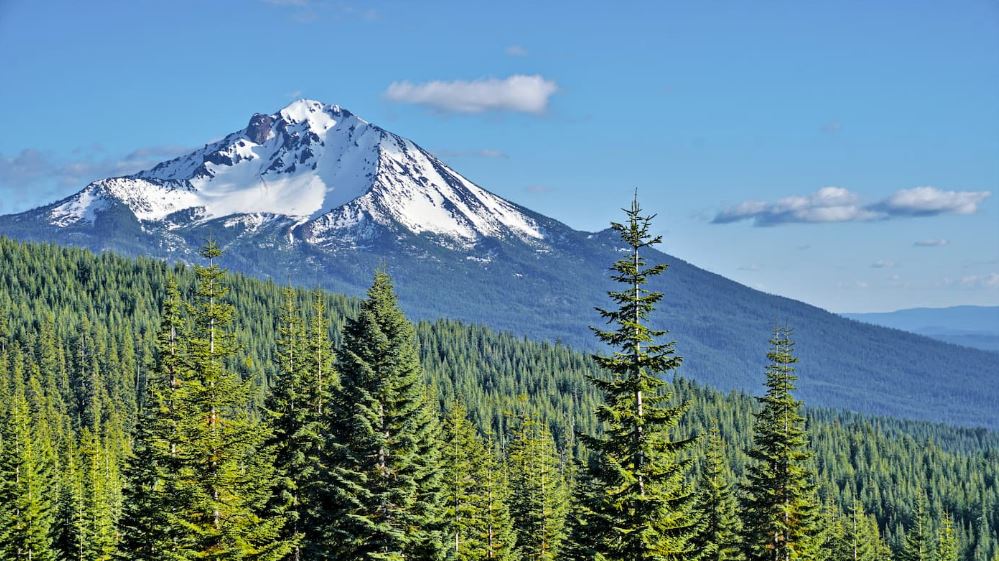- Select Forest
- Customize
- Preview & Approve Proof

Superior National Forest
Superior National Forest encompasses a diverse ecosystem that is home to a variety of wildlife including threatened, endangered, and sensitive species. Restoration efforts are needed to help create a diverse mix of tree species and stand structures to provide valuable habitat, improved watershed functionality, and overall forest health.
The Need for Trees
This National Forest is facing real challenges due to a decline in conifer and birch trees. This loss degrades forest health, wildlife habitat potential, and water quality as well as the economic and ecological benefits the forest provides. The goal is to create a diverse forest environment that is more representative of its natural range.
Your generous support can make a real impact on Superior National Forest through tree planting. Reforestation efforts improve tree species diversity and overall forest health, improve area watersheds, and provide critical habitat for threatened and endangered wildlife.

Bootleg Fire Recovery in Oregon
The Klamath Basin encompasses 12,000 square miles of southern Oregon and northern California – home to wildlife refuges, preserves, National Forest lands, private lands, and a network of lakes and rivers, including the Klamath River. This watershed area hosts an array of terrestrial and aquatic biodiversity, supports a population of more than 100,000 residents, and holds historical and cultural significance for Indigenous communities.
The Need for Trees
In 2021, the Bootleg Fire devastated 413,765 acres of forest in southern Oregon, including the Klamath Basin. Given the importance of the forest in this area, it is in great need of restoration.
With your generous support, evergreen trees can be planted to help rebuild the tree canopy lost in the fire. Replanting efforts here will provide a home for bald eagles, big game, and small mammals while also playing a critical role in restoring water quality in the Klamath River.